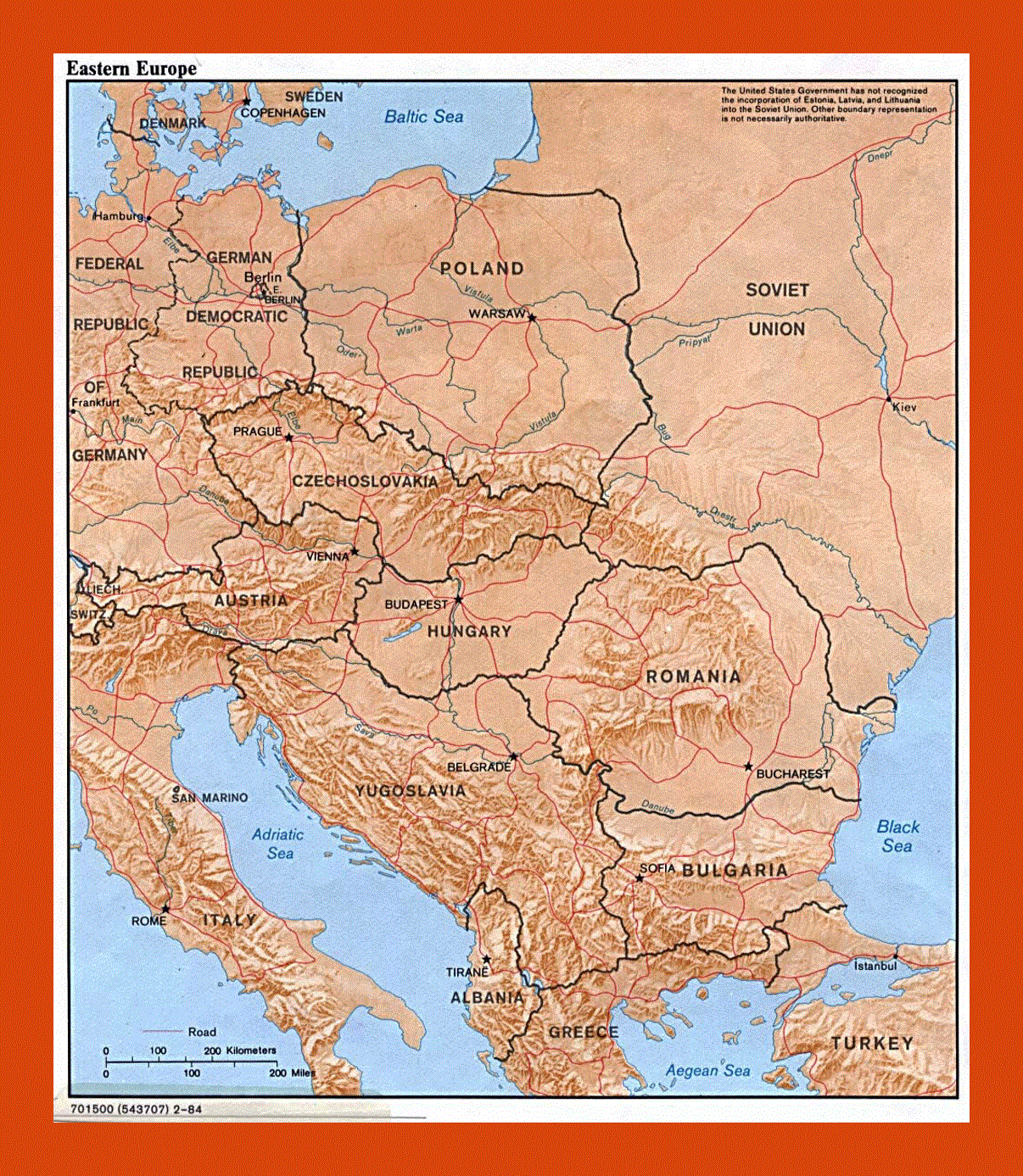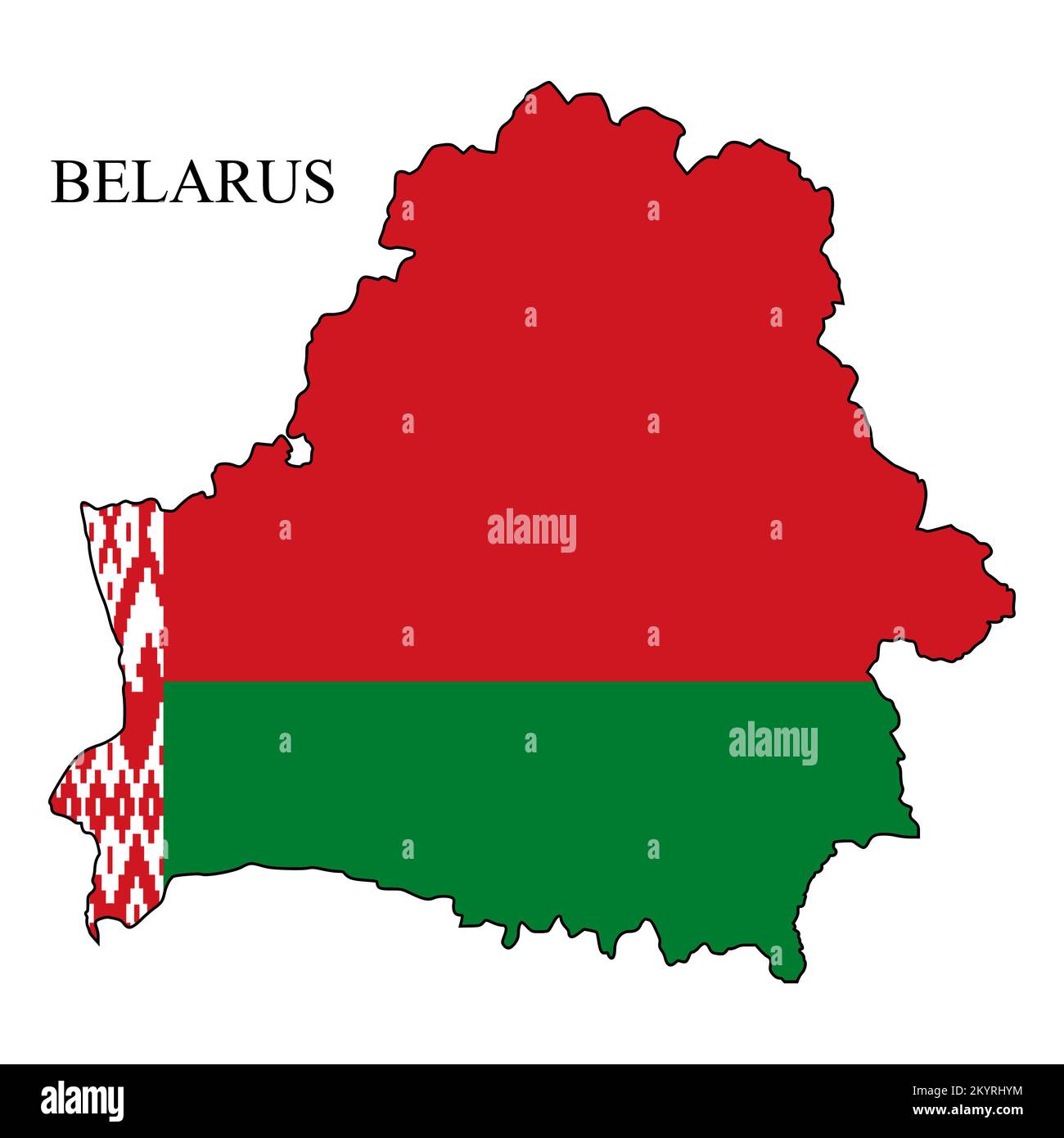Görlitz: The Historic Gateway To Eastern Europe is a historical and architectural gem, situated on the border between Germany and Poland, playing a pivotal role in the cultural and economic exchange between Western and Eastern Europe.

Eastern Europe Map Eastern Europe Political Map Europe Political Map - Source www.pixazsexy.com
Editor's Notes: "Görlitz: The Historic Gateway To Eastern Europe" have published today date. This topic is important to read as it highlights the significance of Görlitz as a cultural and historical crossroads, showcasing its architectural beauty, medieval charm, and unique blend of influences.
Our analysis and in-depth research on Görlitz: The Historic Gateway To Eastern Europe have led us to compile this guide, providing valuable insights and information to help you explore this captivating city.
Key Differences or Key Takeaways
Transition to main article topics
FAQ
Discover the answers to frequently asked questions about Görlitz, a historic city at the gateway to Eastern Europe.
Question 1: What is Görlitz most famous for?
Görlitz is renowned for its exceptionally preserved medieval architecture, earning it the title of "Germany's most beautiful city" and a UNESCO World Heritage Site. Its stunning churches, Renaissance townhouses, and intricate Gothic buildings have captivated visitors for centuries.
Question 2: How far is Görlitz from Berlin?
Görlitz is approximately 280 kilometers southeast of Berlin, a journey that takes around three and a half hours by car or train.
Question 3: What is the local cuisine like?
Görlitz offers a blend of German and Silesian culinary traditions, featuring hearty dishes such as Schlesische Himmelreich (a potato and meat casserole), herring salad, and sweet pastries known as Schneeballen.
Question 4: Is Görlitz worth visiting?
Absolutely. Görlitz's rich history, architectural beauty, and cultural offerings make it a must-visit destination for those seeking a unique and immersive experience.
Question 5: What are the best things to do in Görlitz?
Explore the Old Town, visit the Upper Lusatian Museum of Industry and Technology, take a guided tour of the historic churches, and enjoy a relaxing walk along the Neiße River.
Question 6: How can I plan my trip to Görlitz?
Start by researching online and consulting travel guides. Book your accommodation in advance, especially during peak season. Consider purchasing a Görlitz Card for discounted access to attractions and public transportation.
Explore the historic charm and cultural heritage of Görlitz, a hidden gem waiting to be discovered.

2348 best Eastern Europe images on Pholder | Europe, Ask Eastern Europe - Source pholder.com
Tips
Discover essential tips for exploring Görlitz: The Historic Gateway To Eastern Europe.
Tip 1: Immerse yourself in history: Visit the Old Town to explore medieval architecture, including the Rathaus (City Hall) with its intricate facade.
Tip 2: Marvel at religious wonders: Explore the Peterskirche Church with its stunning Baroque altar or the Frauenkirche Church featuring a grand Renaissance organ.
Tip 3: Explore the Görlitz Warenhaus: Step into this historic department store to discover fashion, gourmet food, and a panoramic rooftop terrace.
Tip 4: Discover hidden gems: Take a guided tour to uncover hidden courtyards, underground tunnels, and secret gardens.
Tip 5: Explore the border region: Cross the nearby bridge to Poland to visit the twin city of Zgorzelec and experience the unique blend of cultures.
Summary: By following these tips, you can delve into the rich history, architectural wonders, and vibrant culture of Görlitz. Your visit will be enriched with unforgettable experiences and insights.
Görlitz: The Historic Gateway To Eastern Europe
Görlitz, a city on the German-Polish border, holds a unique position as a gateway to Eastern Europe. Its rich history and cultural heritage are reflected in six key aspects:
- Architectural Heritage: Görlitz boasts a stunning array of medieval and Renaissance architecture, including the towering Peterskirche.
- Cultural Exchange: Since the Middle Ages, Görlitz has been a meeting point for German and Slavic cultures, shaping its language, customs, and art.
- Crossroads of Trade: Located on the Via Regia trade route, Görlitz facilitated the exchange of goods between East and West.
- Political Divide: After World War II, Görlitz became a border town between East and West Germany, experiencing the Cold War's impact.
- Reunification Symbol: In 1989, Görlitz played a significant role in the peaceful overthrow of the Berlin Wall, symbolizing the fall of Europe's Iron Curtain.
- European Cooperation: Today, Görlitz is a hub for跨境合作, fostering cultural, economic, and political ties between Eastern and Western Europe.
These aspects intertwine to make Görlitz a living bridge between the East and West, a city where history, culture, and cooperation converge.

Political map of Eastern Europe - 1984 | Maps of Eastern Europe | Maps - Source www.gif-map.com

Belarus map vector illustration. Global economy. Famous country - Source www.alamy.com
Görlitz: The Historic Gateway To Eastern Europe
Görlitz, a city in eastern Germany, has a rich history that is closely tied to its location on the border between Germany and Poland. For centuries, Görlitz was a major trading center and a crossroads for travelers between Eastern and Western Europe.

Eastern Europe Political Map Isolated On White Vector Illustration - Source cartoondealer.com
The city's strategic location made it a natural gateway for goods and people traveling between the two regions. Görlitz was also a center for cultural exchange, and its architecture and traditions reflect the influences of both Eastern and Western Europe.
Today, Görlitz is a popular tourist destination, and its historic center has been designated a UNESCO World Heritage Site. The city is home to a number of museums and galleries, as well as a variety of shops and restaurants.
Görlitz's location on the border between Germany and Poland has had a profound impact on its history and culture. The city has served as a bridge between Eastern and Western Europe, and its unique identity reflects the influences of both regions.
| Eastern Influences | Western Influences |
|---|---|
| Architecture | Architecture |
| Culture | Culture |
| Traditions | Traditions |
Conclusion
Görlitz is a city that has been shaped by its unique location on the border between Germany and Poland. The city's history and culture reflect the influences of both Eastern and Western Europe, making it a truly unique and fascinating place to visit.
Görlitz's story is a reminder of the importance of cultural exchange and the power of bridges to connect people and ideas.